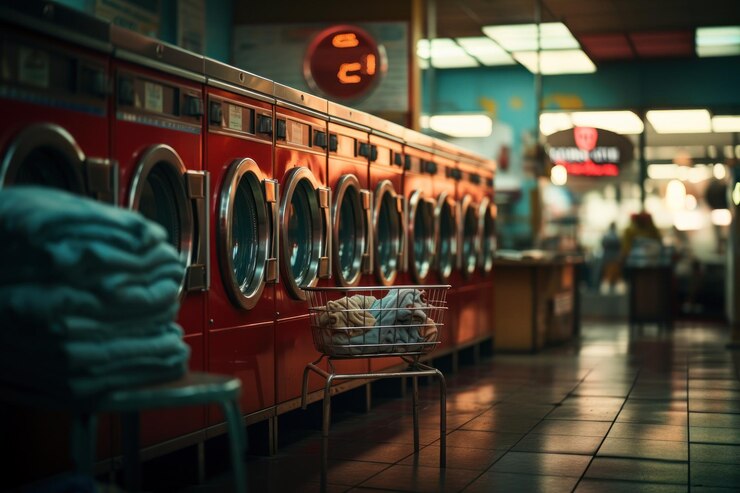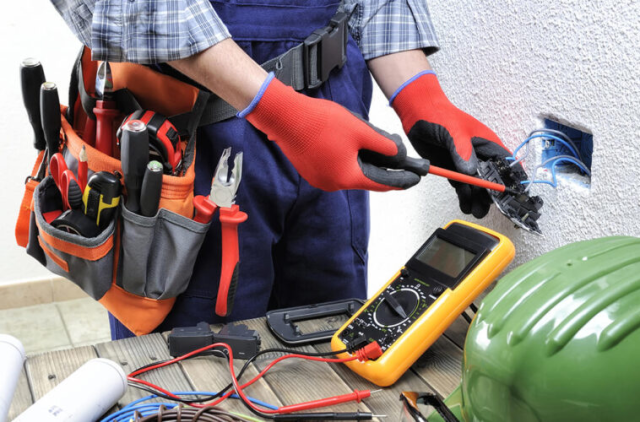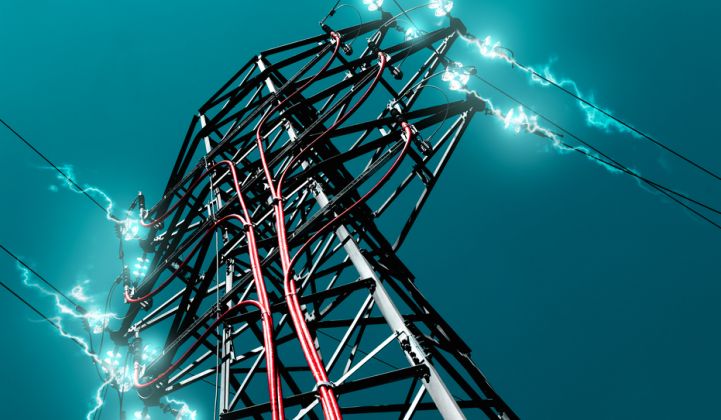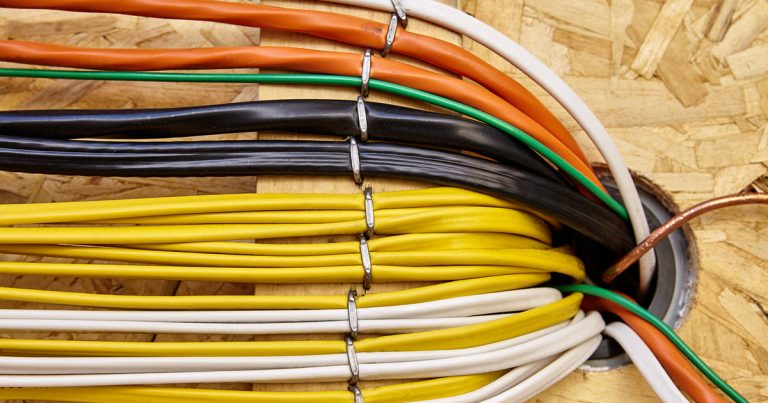Keeping Cool: Exploring the Role of Electric Fans in Home Comfort
As temperatures rise and summer approaches, the quest for relief from the heat becomes a top priority for many households. While air conditioners are a popular choice for cooling indoor spaces, electric fans offer a cost-effective and energy-efficient alternative that provides comfort and circulation. In this article, we’ll delve into the benefits and versatility of electric fans, alongside the role they play alongside air conditioners in maintaining a comfortable indoor environment.
Electric fans have been a staple in homes for decades, offering a simple yet effective way to circulate air and provide cooling relief. Unlike air conditioners, which use refrigeration cycles to cool and dehumidify the air, electric fans work by creating airflow that helps to evaporate sweat and dissipate body heat, resulting in a perceived cooling effect.
One of the primary advantages of electric fans is their affordability and energy efficiency compared to air conditioners. While air conditioners consume significant amounts of electricity to operate, electric fans typically use a fraction of the energy, making them a cost-effective option for cooling smaller spaces or supplementing the cooling provided by air conditioners.
Moreover, electric fans are versatile and easy to use, with options ranging from traditional oscillating pedestal fans to sleek tower fans and compact desk fans. Many electric fans offer adjustable speed settings and oscillation features, allowing users to customize airflow and direction to suit their preferences and needs.
In addition to providing cooling relief, electric fans offer other benefits for indoor comfort and air quality. By promoting air circulation and ventilation, fans help to reduce humidity levels and prevent stagnant air, which can contribute to mold growth and odors. This is especially beneficial in areas with limited airflow or high humidity, such as bathrooms, kitchens, and basements.
While electric fans offer many advantages, they are not always a direct replacement for air conditioners, particularly in extreme heat or humidity. Air conditioners are designed to cool and dehumidify indoor spaces more effectively, making them a better choice for maintaining comfort in hot and humid climates or during heatwaves.
However, electric fans can complement the cooling provided by air conditioners, helping to distribute cooled air more evenly throughout a room and reduce the reliance on air conditioning. This can lead to energy savings and lower utility bills, as homeowners can set their air conditioners to higher temperatures or use them less frequently while still maintaining a comfortable indoor environment.
Furthermore, electric fans can be used in conjunction with other cooling strategies, such as shading windows, using ceiling fans, and implementing passive ventilation techniques, to maximize energy efficiency and comfort. By taking a holistic approach to indoor cooling, homeowners can reduce their environmental impact and enjoy a more sustainable and cost-effective solution.
In conclusion, electric fans offer a cost-effective, energy-efficient, and versatile way to cool indoor spaces and improve comfort during hot weather. While they may not provide the same level of cooling as air conditioners, electric fans play an important role in supplementing air conditioning, promoting air circulation, and enhancing indoor comfort. By understanding the benefits and limitations of electric fans, homeowners can make informed decisions to create a comfortable and sustainable indoor environment year-round.







